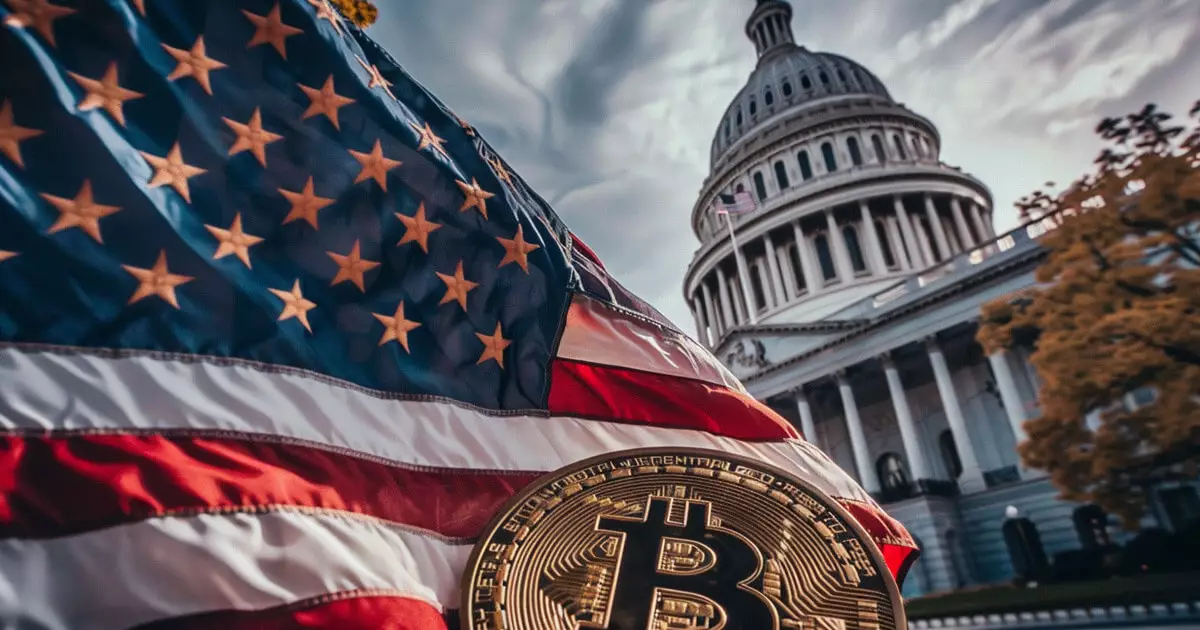In recent years, stablecoins have emerged as a pivotal element of the digital economy, enabling users to transact seamlessly while minimizing inherent volatility associated with cryptocurrencies. However, with their rise has come an urgent need for comprehensive regulatory oversight, as identified by Congresswoman Maxine Waters during a House Financial Services Committee hearing. As the leading Democrat on the committee, she has been at the forefront of calls for a shared, bipartisan approach to stablecoin regulation, with aspirations to solidify a legislative framework before the conclusion of 2024.
Waters underscored the significance of finding common ground with her Republican counterpart, Representative Patrick McHenry, who heads the committee. Their concerted efforts since 2022 aim not only to regulate stablecoins but also to create a robust environment for the evolving cryptocurrency market. During her remarks, Waters expressed confidence in reaching a “grand bargain” that would synthesize their differing views and encapsulate long-overdue regulatory measures. This kind of bipartisan collaboration is crucial as it serves to unify lawmakers around a shared vision, which can drive meaningful legislative progress.
One of the core contentions in the stablecoin regulatory discourse relates to the degree of authority granted to state regulators. Waters voiced her concerns regarding provisions that could enable state governance over stablecoin oversight, sidestepping the critical involvement of the Federal Reserve. Characterizing these provisions as “deeply problematic,” she highlights the necessity for a central regulatory framework that ensures consumer protection and market stability. Without stringent backing—potentially through secure reserves such as short-term U.S. Treasury securities—the risks of instability heighten, threatening consumer trust and the integrity of the financial system.
For Waters, one of the foremost objectives is to secure the Federal Reserve’s supervisory role to ensure stability and prevent a fragmented regulatory landscape. By aligning with successful international frameworks, she advocates for a clearer delineation of responsibilities that can facilitate cooperation between state and federal regulators. McHenry supports these efforts, suggesting that a cohesive strategy could foster broader regulatory clarity not just for stablecoins, but for the entire digital asset marketplace.
With the legislative clock ticking down, it becomes increasingly imperative for Congress to finalize significant bills relating to stablecoins and digital assets. As the session nears its conclusion, McHenry posited that additional initiatives, such as his crypto market structure proposal FIT21, could gain traction, emphasizing the need for an actionable agenda that could address evolving market dynamics. Such dialogues are not merely academic; they reflect a keen understanding of the urgent responsibilities of lawmakers to recalibrate the regulatory framework surrounding these financial instruments.
A noteworthy aspect of the recent hearing included the participation of the five commissioners of the U.S. Securities and Exchange Commission (SEC), including Chair Gary Gensler and Commissioner Hester Peirce. Questions revolved around the SEC’s management of digital assets amidst critiques of its “regulation by enforcement” strategy. Lawmakers across the aisle echoed sentiments of dissatisfaction with the SEC’s ambiguous position, arguing that this lack of clarity hampers innovation in the nascent sector.
Peirce’s remarks particularly drew attention, emphasizing that while the SEC possesses the necessary tools to clarify regulatory specifications, it has historically missed opportunities to provide explicit guidelines on digital assets. The assertion that tokens can often be mischaracterized as securities illustrates the critical need for the SEC to adopt a more transparent stance to facilitate market confidence and operational clarity.
The call for a bipartisan consensus on stablecoin regulation stands as a critical juncture for the U.S. financial landscape. As Congress prepares to navigate the complexities of digital assets, the involvement of both state and federal regulators, coupled with proactive leadership from committee members like Waters and McHenry, will be essential to create a secure and authoritative regulatory environment. The undertakings surrounding stablecoins are not just a reflection of technological advancements but a necessity to ensure consumer safety and market integrity in an increasingly digital world. Thus, as the legislative session wanes, all eyes will be on Congress to deliver a fair, unified, and forward-thinking framework for stablecoin regulation.

